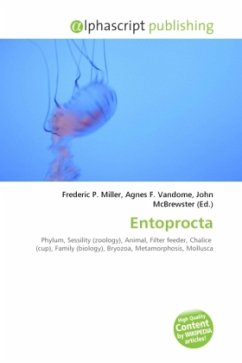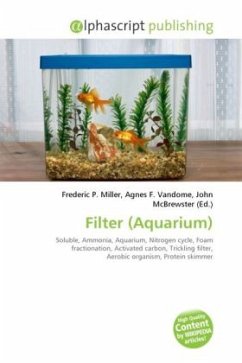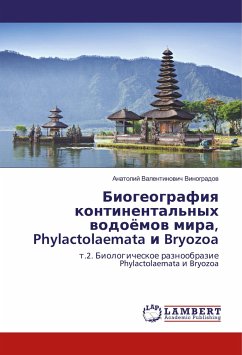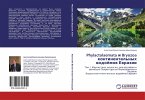The Bryozoa, also known as Ectoprocta, are a phylum of aquatic invertebrate animals. Typically about 0.5 millimetres long, they sieve food particles out of the water using a retractable lophophore, a "crown" of tentacles lined with cilia. Most marine species live in tropical waters, but a few occur in oceanic trenches, and others are found in polar waters. One class lives only in a variety of freshwater environments, and a few members of a mostly marine class prefer brackish water. Over 4,000 living species are known. One genus is solitary and the rest colonial. The phylum was originally called "Polyzoa", but this term was superseded by "Bryozoa" in 1831. Another group of animals discovered subsequently, whose filtering mechanism looked similar, was also included in "Bryozoa" until 1869, when the two groups were noted to be very different internally. The more recently discovered group were given the name Entoprocta, while the original "Bryozoa" were called "Ectoprocta". However, "Bryozoa" has remained the more widely used term for the latter group. Individuals in bryozoan colonies are called zooids, since they are not fully-independent animals
Bitte wählen Sie Ihr Anliegen aus.
Rechnungen
Retourenschein anfordern
Bestellstatus
Storno








